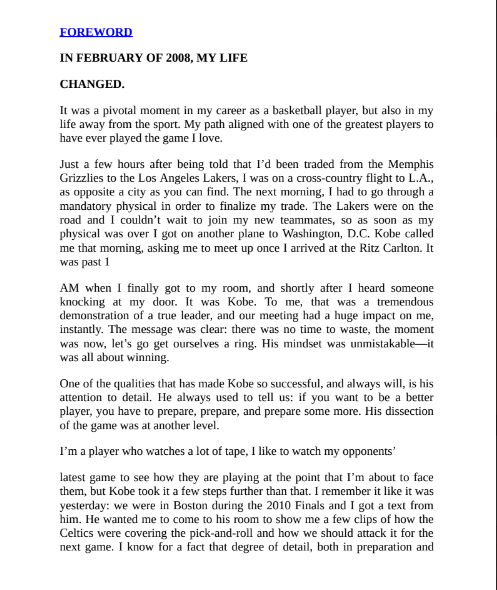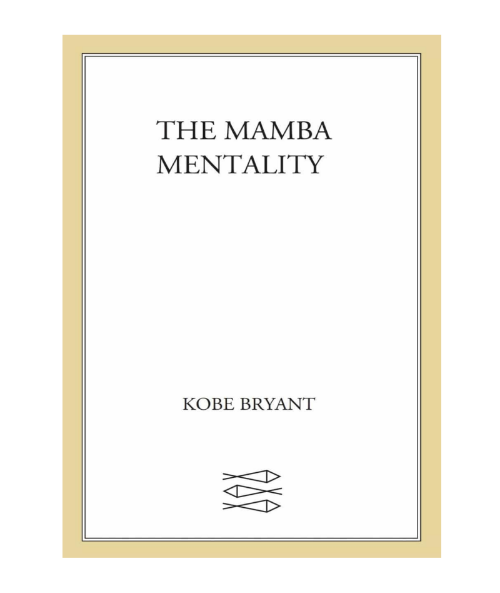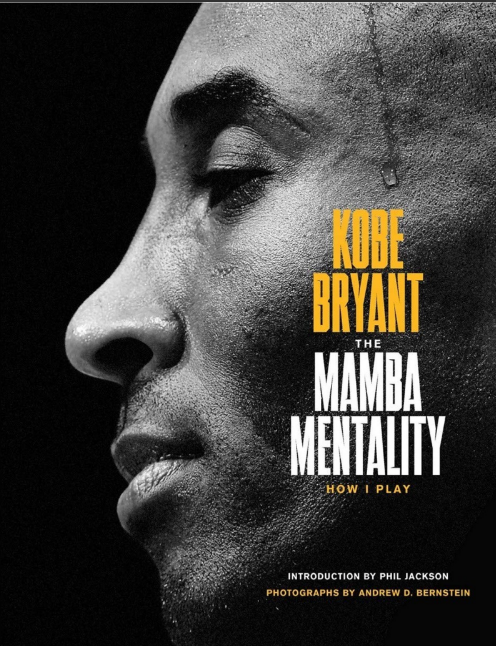


It will certainly offer a deeper understanding of the detailed and dedicated way Kobe Bryant approached the game. It’s one thing to have talent, but another to have the drive to learn the nuances. James Naismith is credited with having said “basketball is an easy game to play, but a difficult game to master.” This is a window into the mind of someone who mastered it. The combination of Andy Bernstein’s exceptional photography and Kobe’s insights might make you a better player if you’re inclined. Kobe came into the NBA with a desire and talent to become one of the greatest players of all time. He achieved that goal through his dedication and perseverance.
Kobe actually broke a bone in his wrist the very first game of preseason that year, and missed the first 14 games. We had gotten off to a good start without him, and I was concerned he might require some “break-in” time to fit into the mix. It wasn’t a problem. He kept the team winning as his first priority and we kept rolling. A month or so after he returned to active play, I received a call from Jerry West, who wanted to relay a conversation he’d had with Kobe. Kobe had called to ask him how he and Elgin Baylor had both been able to score 30- plus points a game while sharing the ball on the same team back in the 1960s. After Jerry probed a bit, Kobe admitted he was worried he wasn’t going to score enough points to become “one of the greatest players in the NBA.” This concerned me, because as a coach I didn’t care how many points a player scored—only the final numbers on the scoreboard.
The Lakers had been a bridesmaid the past two seasons, winning a ton of games but getting swept out of successive playoffs. Shouldering the pressure that came with that history, Kobe, of course, made the plays. The Lakers got over the stigma of coming up short and went on to win three championships in a row. Each of those years was dramatic and full of memorable games and moments. Kobe was the driving force, while Shaquille O’Neal, the Diesel, was the focal point of the offense—“Get the ball to the big fella,” as we’d say. The group of Lakers went to four finals in five years, in essence creating a dynasty.
The next segment of Kobe’s career was when his maturation took place. After the Shaq-Kobe era came to a close, he became the senior statesman for a team that had lost all of its other starters via retirement or trade. He was the major thrust of the team and its nominal leader, perhaps by default. And leadership is a tough thing to master, especially when you know a championship is beyond the reach of your personnel. At one point in our early years with the Lakers, Kobe and I stood together before practice and watched five of the other players hold a shooting contest.
It was similar to the game “Cat,” where a player had to mirror and match the shooter before him, or he was eliminated. They had asked me to hold off the start of practice because the game went around the entire arc, using both corners, both wings, and the top. I asked Kobe, competitive as he was, why he didn’t play against his teammates, and he said it was because he wasn’t a three-point shooter. But in the year that followed, he was determined to fix that: During the off-season Kobe worked diligently on his three-point shot. It was always about the details. And in the 2005–06 season, Kobe went off and averaged more than 35 points a game, leading the NBA in scoring. He had become a scoring machine.
In 2007, I met with Kobe to discuss the Olympics in China. That team was packed with stars and had practiced together that summer in preparation for the next year, when they would go on to win gold. My message to Kobe was this: If you are going to do the extra off-season things, you must recognize you only have a certain amount of time left on your legs. Practice is not a big concern of mine, you know the system. I will give you as much time as you need between games to recover if you will keep your leadership intact by being present. He would do his physical therapy while the team went through their skills and drills and come onto the court when competitive action commenced. He encouraged his team and sometimes played the coaching role for the second unit.
I was watching Kobe go through extreme routines to get himself ready to play games and thought there might be a window of five or six years left in his career. Again he changed the landscape, and his determination to extend his physical prime blew out the norm. He played almost 10 more years of NBA high-intensity basketball, which stands as a measure of his character. The photographs in this book are a testament to the manner in which Kobe has thought about the game. In fact, the way Kobe approaches basketball has prepared him for the “next” phase of his life, one that already looks as interesting and intense as his long career with the Lakers.


